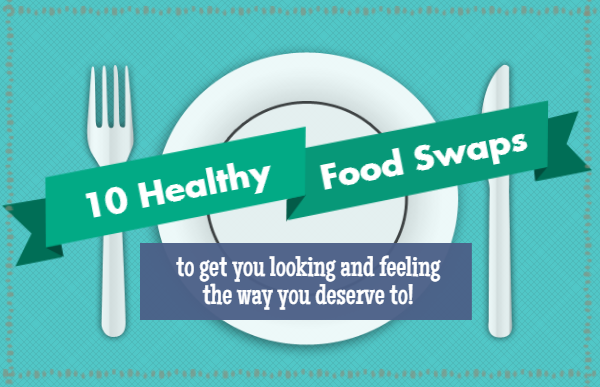Cooking with Cast Iron
For some, the biggest downside to cooking at home is the resulting sink full of dishes that will inevitably transpire. As an avid cook without a dishwasher (a mechanical dishwasher, that is. I do live with a pretty decent human one) I understand the fear of waking up to a mountain of dirty pots and pans. So the fact that my favorite cookware-cast iron- requires specific care and cleaning instructions must mean that the benefits outweigh the extra trouble.
At least for me.
Why not stick with non-stick?
I used to have a pretty good collection of non-stick pans. These metal pans, coated with a synthetic polymer known as Teflon, appear on their shiny surface to be the answer to a number of kitchen complaints. They are inexpensive, allow food to careen effortlessly from hot pan to plate, and they eliminate most post-dinner scrubbing.
But so it goes in life and in the kitchen: nothing is too good to be true.
A canary in the coal mine.
When heated above a certain temperature, this too good to be true coating emits a chemical that has shown to cause symptoms in humans known as “Teflon-Flu”- Headache, cough, fever, chills.
Oh, and these fumes will also kill any birds that you happen to have living as pets in your house. No, really. The ability of oveheated Teflon pans to kill pet birds has resulted in the product’s manufacturer, DuPont, to publicly acknowledge the risk.
So what if a little bird drops dead from the fumes wafting from your stove? Is that a real cause for concern?
That was rhetorical. Of course you should be concerned.
In the 19th and 20th centuries canaries were used in coal mines as early warning systems for toxic gases or fumes. It’s where the popular expression originated, and it’s enough convincing for me to throw out all of my non-stick cookware.
But what to replace it with?
My favorite pans to cook with are:
1. cast iron and
2. stainless steel.
In that order.
Stainless steel is fantastic for a lot of reasons, and is most frequently used by professional chefs and in restaurants. But it can be a little expensive, and requires a bit of skill to get the hang of.
Consistent with my love of timeless cooking practices, cast iron will always have my culinary heart. It’s inexpensive, safe, and will literally last you a lifetime- just as long as you show it a little love.
Having been made the same way for centuries, your new pan will look and cook in an almost identical way to your great grandmother’s. In fact, many of the best pans are the ones that have been passed down through generations, and seasoned through thousands of meals. This “seasoning” is what gives cast iron its natural non-stick ability, and is why extra care must be taken when washing it.
This sturdy (read: heavy) metal is perfect for evenly conducting heat and can safely be transferred from stovetop to oven. This makes it ideal for searing meat, frying, and browning up slices of french toast.
It’s a healthy choice because it won’t emit fumes that can kill your bird, but also because it will add small levels of iron to the food you cook in it. Good for energy levels and for boosting the immune system. (source)
Take that, Teflon.
Like a good cook, a cast iron pan must be pampered and well cared for to continue cranking out plates of delicious food. Since the metal itself is rather porous, a layer of “seasoning” must be built up. Nowadays, Lodge (the only domestic maker of cast iron cookware) sells pans that are “pre-seasoned” with a vegetable oil. If you try to avoid vegetable oil like I do, your best bet is to give your new pan a good scrub with a wool pad and start seasoning yourself. You can find a pan like I use here.
How to season a cast iron pan
-
Preheat oven to 350.
-
Using a brush or paper towel, apply a layer of oil with a relatively high heat point (like coconut oil) to the entire surface of the pan.
-
Place in the hot oven and bake for about an hour.
-
Let cool and get cookin’!
Your pan will continue to build up its patina the more you cook with it.
To clean your pan
-
Resist the urge to let a dirty pan sit in the sink. Cleaning a hot pan is much easier, and won’t run you the risk of your pan rusting.
-
Use a scouring pad and hot water to scrub the pan clean. Don’t use soap, which can ruin your hard earned layer of seasoning. For really stuck on bits, boil a bit of water in the pan to loosen it up.
-
Dry well with a towel to prevent rusting. I store my pans in the oven when they’re not in use (which isn’t often)
If you do happen to wash away a little bit of seasoning, or if a spot of rust appears, just scour it off and re-season.
Another tip: save tomato sauce and other acidic foods for the stainless steel pans, as the acid can leach iron from the pan and result in a slightly metallic taste. Not dangerous, just unpleasant, perhaps.
Additional sources:
Ever So Humble, Cast Iron Outshines the Fancy Pans







Great post! I have a couple cast iron pans and oven trays at home and don’t use them because I’m not sure how really. I’ll give them a go now and see what happens!
I think you’ll love them!